
Last week, we celebrated the September 19 full harvest moon and then on September 22, the autumnal equinox in the Northern Hemisphere. In the Southern Hemisphere, the vernal equinox begins, which is their first day of spring. These first days of the equinoxes, both spring and fall, mark the point in which the sun is directly above the equator and night and day are about equal in length–12 hours each.
Back in June on the summer solstice, we had the shortest night and longest day (over 15 hours of light) and now we are headed into shortening days and longer nights. This is the seasonal rhythm that we go through every year; with the end of summer, the hot weather wanes and cooler temperatures begin with a certain “smell of autumn” in the air. The harvest of garden produce slows significantly-it is a time to be thankful for a bountiful harvest-and make ready for the cold weather to come. We also look forward to and welcome foods that are harvested in the fall such as winter squash and pumpkins, apples and pears, and for some of us, we are fortunate to have fig trees in our yards (or our sharing neighbors).
There are many people who have only eaten dried figs (or Fig Newtons). I ate my first ripe figs when living in Italy and was immediately a devotee of this so-called fruit. In actuality, the tiny little seeds within a fig, are really teeny fruits (sometimes referred to as ovaries), which are encapsulated in the outer flesh and skin, which is called a syconium. This ripe pulp is exotic–soft and sweet and juicy–when allowed to ripen.
Believed to have been a prehistoric plant, Ficus carica, originated in Asia and spread to the Mediterranean region and then North Africa. This deciduous tree can reach more than 30 feet tall. They prefer hot, dry summers with fairly fertile soil; their root system is extensive so they should be planted away from buildings, walls and sidewalks. Fairly hardy, they can weather frosts, if they have been established.
I’ve recently picked figs in three different neighborhoods–and in two of them I needed a ladder to reach the upper branches. Once the figs turn green, start to keep an eye on them. Some figs are green when they turn ripe, while others are purple or brownish in color. When you go to pick figs, and you feel them in your hand, they should be soft when pressed. A ripe fig will hardly need pulling, it will detach when gently pulled. They shouldn’t be hard and they shouldn’t be squishy. Take care as you harvest, since there is a small hole at the apex called an ostiole, where fig wasps (who are pollinating the inner florets) work their way into the opening. Other wasps and bees are attracted to damaged and fermenting fruits.
Harvesting ripe figs is well worth the effort, especially since you can eat your fill of these luscious delicacies while you work. I like them best just-picked, warm from the sun. However, I made fig preserves and fig chutney and canned them; I made fig compote with just a tad of maple syrup and lemon zest to eat with yogurt, ice cream, or on pancakes. Inspired by what I had on hand, one evening I created a saute with quartered Brussels sprouts, chestnuts, onions, garlic and tossed in quartered figs for the last few minutes and served it over a medley of quinoa and brown rice.
One of my favorite, simple preparations, is one that I learned in Greece and I call them sesame fig flowers. Pour some sesame seeds into a saucer. Cover a baking sheet with parchment or wax paper. Begin to quarter the figs lengthwise, however, do not cut them all the way through; you want the pieces to be attached at the base. Gently open up the fig “flower” and dip the juicy, seedy part into the sesame seeds and shake off excess. Repeat with the skin side. Lay the fig flowers on the baking sheets.
If it is hot and dry where you live, cover thebaking sheets with cheesecloth and dry in the sun–they did this on the rooftops in Greece and turned them over about halfway through drying. The cheesecloth keeps the insects off. Since I live in a humid climate this is not possible for me, so I place these into my oven with the oven light turned on. Having the light on raises the oven temp to about 110 to 115 degrees and is ideal for dry figs, chile peppers and herb flowers. When dry, the figs should not be sticky–they should feel like a dried fig which is sort of soft leathery; this will take about 24 to 48 hours depending on the size of the figs. Check them throughout the day, since you don’t want to overdry them or they will become brittle. Once dried, I pack them into containers with tight-fitting lids, lined with wax paper and scatter dried bay leaves in between layers. The bay leaves slightly flavor the figs and also repel insects. I keep them in the pantry for a snack and also freeze some.
Fresh or dried, figs are a delicious and simple snack. They are also delightful with all sorts of cheeses from Gorgonzola to ricotta or mascarpone. Enjoy these fruits while they are in season.


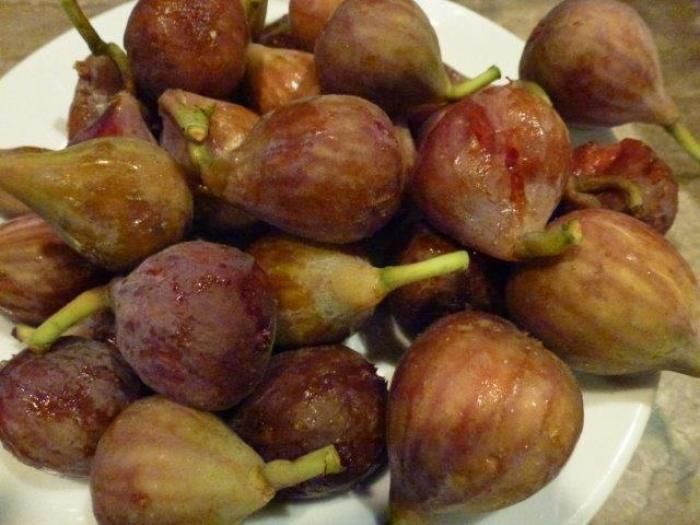
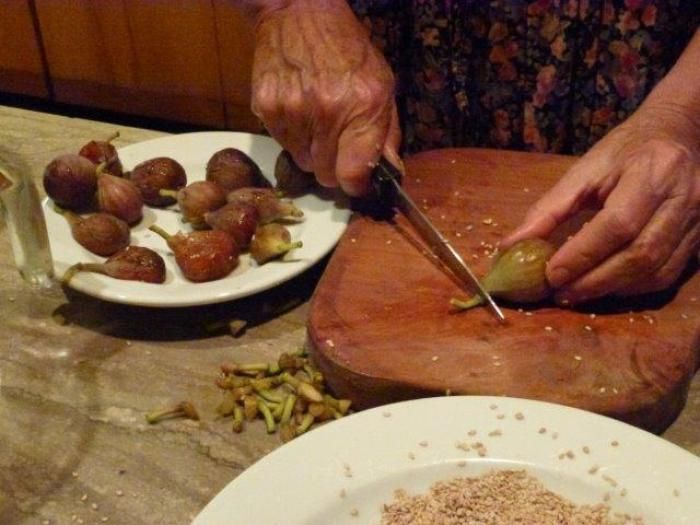
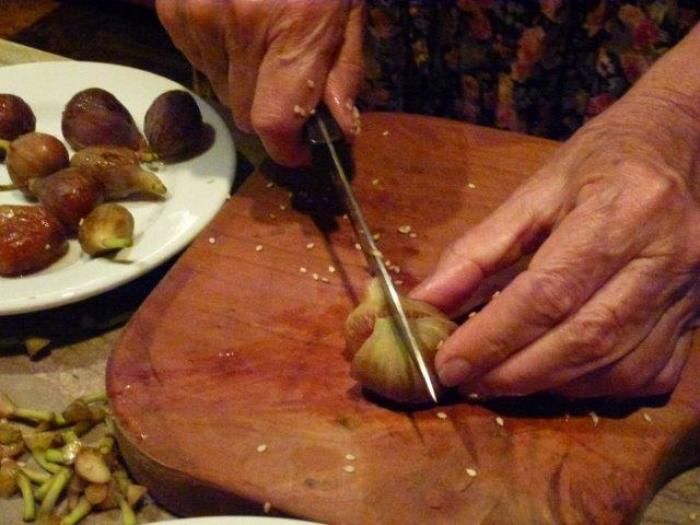
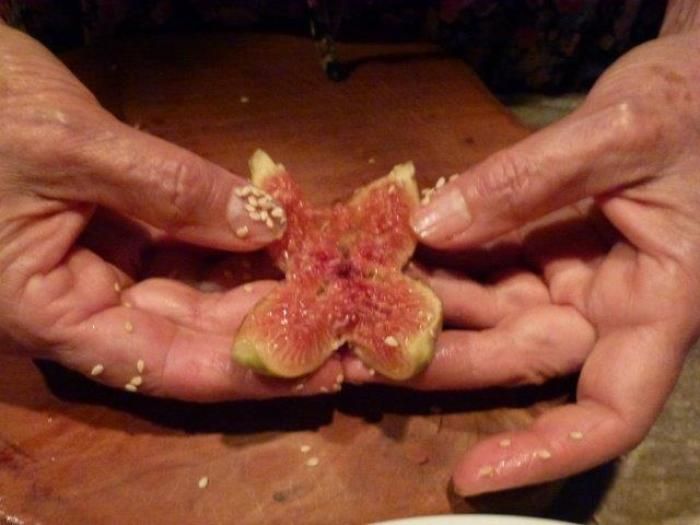
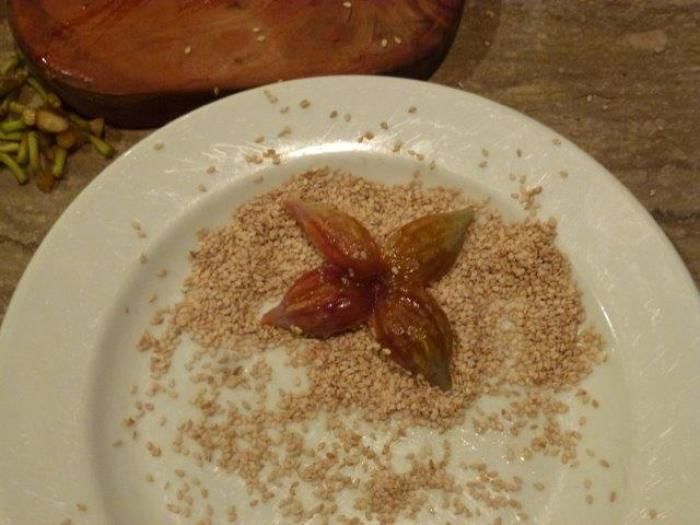

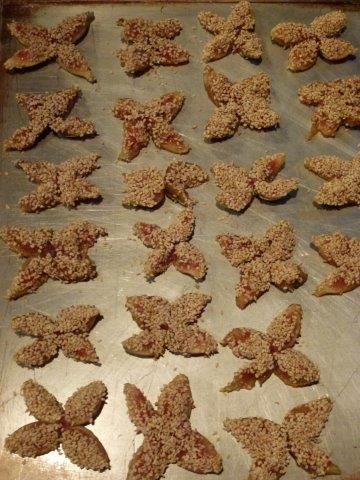

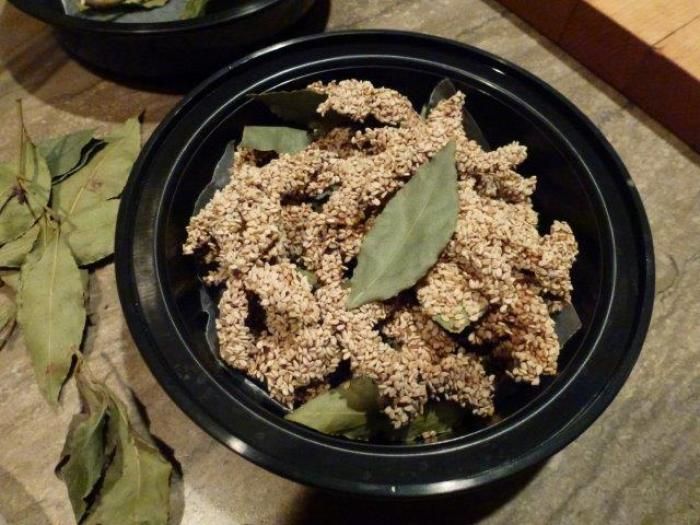
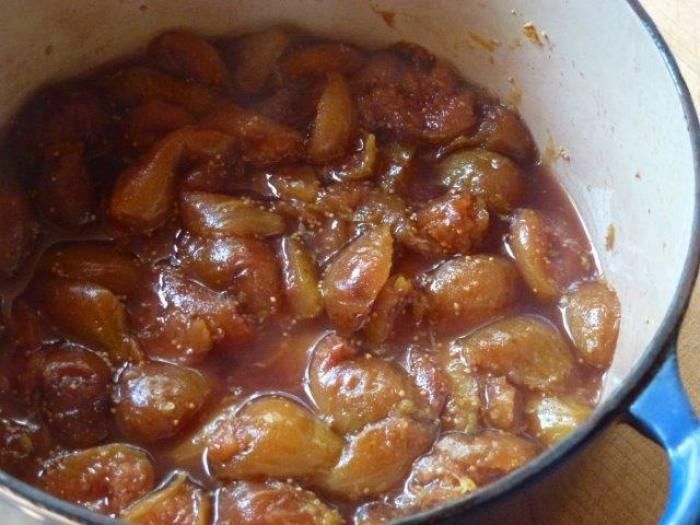


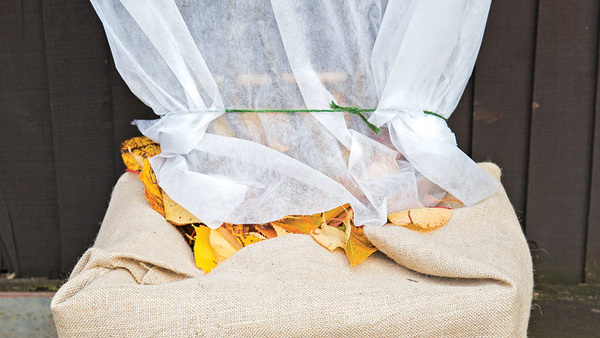














Comments
Log in or create an account to post a comment.
Sign up Log in